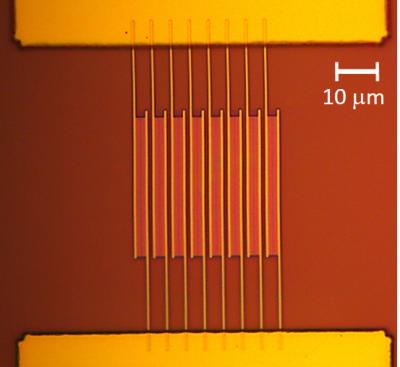Engineers from the UCLA have Used graphene to design a new type of photodetector that can work with more types of light than its current state-of-the-art counterparts. The device also has superior sensing and imaging capabilities.

photodetectors' versatility and usefulness depend largely on three factors: their operating speed, their sensitivity to lower levels of light, and how much of the spectrum they can sense. Typically, when engineers have improved a photodetector’s capabilities in any one of those areas, at least one of the two other capabilities has been diminished. The photodetector designed by the UCLA team has major improvements in all three areas it operates across a broad range of light, processes images more quickly and is more sensitive to low levels of light than current technology.
The new photodetector takes advantage of the unique properties of graphene, which is excellent for detecting photons because it can absorb energy from a broad swath of the electromagnetic spectrum â from ultraviolet light to visible light to the infrared and microwave bands.
To create the photodetector, the researchers laid strips of graphene over a silicon dioxide layer, which itself covers a base of silicon. Then, they created a series of comb-like nanoscale patterns, made of gold, with teeth about 100 nanometers wide.
The graphene acts as a net to catch incoming photons and then convert them into an electrical signal. The gold comb-shaped nanopatterns quickly transfer that information into a processor, which in turn produces a corresponding high-quality image, even under low-light conditions.
We specifically designed the dimensions of the graphene nanostripes and their metal patches such that incoming visible and infrared light is tightly confined inside them, said Semih Cakmakyapan, a UCLA postdoctoral scholar and the lead author of the study. This design efficiently produces an electrical signal that follows ultrafast and subtle variations in the light’s intensity over the entire spectral range, from visible to infrared.